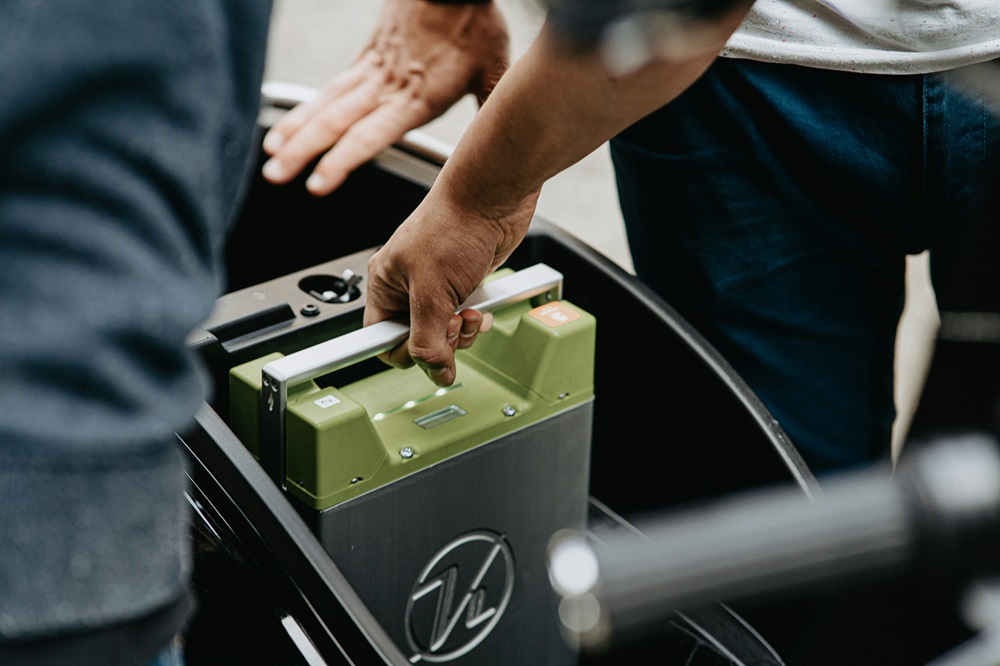POWERING GROWTH:GRID- CONNECTED BATTERY STORAGE IN INDIA
Regulators unlock investments for a flexible, affordable, reliable grid.
2024 – A TURNING POINT FOR INDIA’S POWER SECTOR
The summer of 2024 has etched its name in history as the hottest ever recorded, with temperatures in parts of northwest India exceeding a staggering 50°C (120°F) during the final week of May. This relentless heatwave drove unprecedented power demand, pushing the nation’s electricity consumption to a record-breaking 250 GW on May 30, 2024. As India continues to experience rising temperatures and more frequent extreme weather events, the strain on its power infrastructure has become glaringly evident. India’s power sector faced its greatest peak power deficit since 2010, leading to widespread blackouts that disrupted daily life. The distribution grid also suffered severe failures under the pressure, with Kerala alone witnessing the breakdown of nearly 600 transformers. According to Eninrac Consulting, these failures underline the urgent need for transformative solutions to enhance grid reliability and affordability in the face of growing climate challenges.
Amid these challenges, battery energy storage systems (BESS) have emerged as a game-changer for India’s energy transition. BESS plays a critical role in ensuring grid stability, integrating renewable energy sources, and managing peak load demands. Eninrac Consulting highlights that deploying BESS at scale is essential to safeguarding India’s energy future while aligning with the nation’s clean energy goals. As India aims to meet its ambitious renewable energy targets, investment in BESS is no longer an option but a necessity. Eninrac Consulting emphasizes that energy storage systems are not just a technical solution but a strategic enabler for building a sustainable, resilient, and affordable power system.
BESS PRICES DROP, PSA LACKING IN INDIA
India has witnessed a steady decline in BESS pricing across various tenders over the past two years, with prices dropping by an impressive 65%. However, despite this significant progress, a considerable portion of awarded BESS capacities—amounting to nearly 11 GWh—has been cancelled due to the absence of Power Sale Agreements (PSAs). Notably, BESS tenders have been issued under the following categories:
Before diving deeper into the tendered BESS capacities in India, let us first provide a brief overview of the highlighted categories.
| Type | Energy Source | Primary Use Case | Key Features |
| FDRE Load | Renewable + BESS | Continuous load supply | Ensures steady energy availability, balances load demand. |
| FDRE Peak | Renewable + BESS | Peak demand supply | Supplies power during peak periods, reduces fossil fuel dependency. |
| Standalone | Grid/Conventional | Grid stabilization, back-up power | Independent operation, mitigates grid fluctuations, frequency regulation. |
| Solar + ESS | Solar | Night time or cloudy conditions | Maximizes solar use, provides energy self-sufficiency, reduces grid reliance. |
| RE + ESS | Renewable (Solar, Wind, Hybrid etc.) | Firming & dispatchable power | Addresses intermittency, integrates diverse renewable sources. |
| RTC | Renewable + BESS | Round-the-clock power supply | 24/7 energy availability, acts as renewable baseload source. |
Analysing Tendered BESS Capacities in India – 2022 to 2024
According to Eninrac Consulting, seven BESS tenders awarded between April 2022 and July 2024 have been cancelled, spanning various tender categories outlined in Table 01. Of these, four tenders were classified under standalone BESS, while the remaining three fell under Solar + ESS, RE + ESS, and FDRE Load categories, respectively. This highlights the challenges faced by different segments of India’s emerging battery energy storage market.
WHAT NEXT FOR INDIA?
Monetize BESS to increase investments in India & curtail lack of PSA
As Eninrac Consulting highlights, falling Battery Energy Storage System (BESS) costs in India are paving the way for increased investment. However, cost reductions are only part of the solution. For discoms and independent power producers to invest in BESS, India must establish clear mechanisms to monetize the full range of BESS services. Currently, India’s market rules and regulations recognize only one value stream for BESS: shifting net demand to lower system energy costs. This limited perspective restricts BESS operations to an “energy-only” dispatch model, offering minimal remuneration for owners and delivering just one benefit to the grid.
Global case studies demonstrate that BESS can unlock multiple value streams beyond energy cost savings. These include deferring investments in generation capacity, transmission, and distribution infrastructure, along with providing critical ancillary services. Strategic siting and operation of BESS systems enable “value stacking,” where multiple benefits are delivered simultaneously, maximizing efficiency and returns for the grid. To fully leverage BESS and drive large-scale adoption, India must revise its market frameworks to encourage the monetization of all potential value streams. With the right policies in place, BESS can transform India’s energy landscape by enhancing grid stability, enabling renewable energy integration, and optimizing infrastructure investments.
Valuation Reforms Can Unlock BESS Profitability
Potential investments in Battery Energy Storage Systems (BESS) in India are currently on the verge of financial viability. However, as highlighted by Eninrac Consulting, fully recognizing and monetizing the complete range of BESS benefits could make these investments highly profitable almost immediately. Exhibit 3 illustrates the project economics for a typical BESS installation in India, comparing the costs from the latest four tenders with estimated potential revenues. Under the current energy-only dispatch model, project revenues surpass only the lowest reported costs, such as those from GUVNL Phase III and SECI.
Source: eninrac analysis, Tender Agencies & RMI
Energy and ancillary service revenue estimates reflect participation in the day-ahead energy market (DAM) and tertiary reserve ancillary services (TRAS), using recent historical data. T+D deferral and resource adequacy revenue estimates reflect long-term (2030) potential. All numbers are standardized to 2020 real currency.




